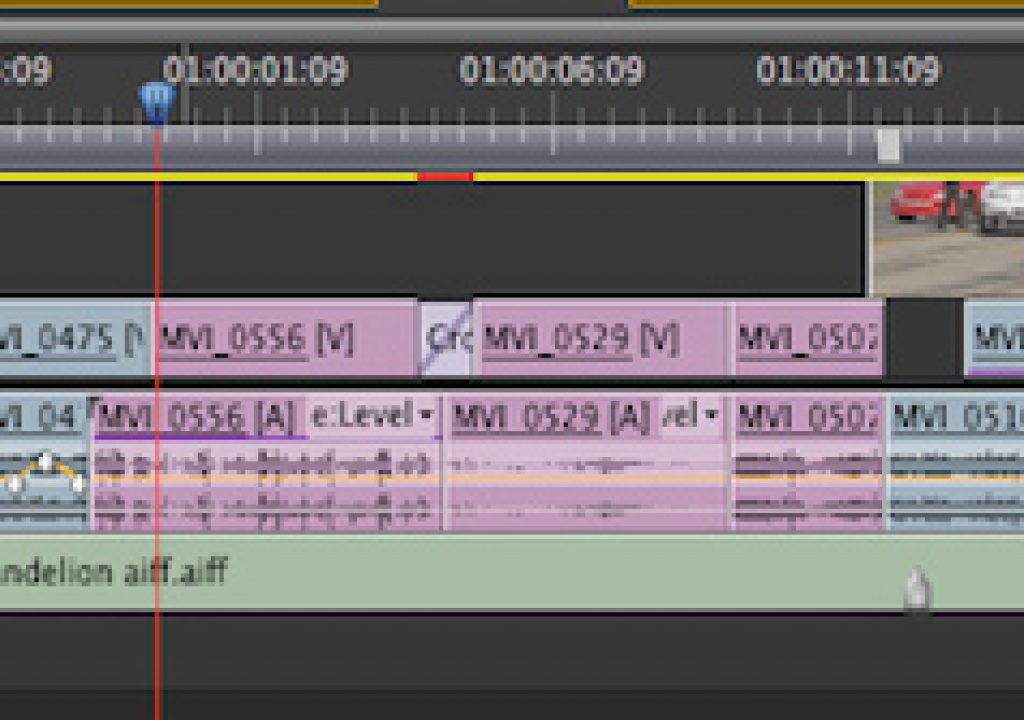

If you add a different EQ effect to your audio, it will only adjust that clip. If you make adjustments here, it will set the EQ for the entire source file. To open up the effect window you can click the box to the right of Equalization. It is beneficial to further tweak what is automatically set so that it works best for your audio. The built in adjustments: Voice Enhance, Music Enhance, and Treble Reduce can quickly correct audio and give you a great starting point. You can easily EQ any audio source from the Inspector window, under Audio Enhancements. There are a couple ways in FCPX to EQ your audio: If the audio from your recording device feels a little harsh, or hollow, this effect can help smooth things out to make it feel more natural. The first thing we recommend doing to give your film a final polish, is EQ the audio. It is always good practice to play the audio back on the device you think your client will be watching the film on before finalizing it so you’re hearing what the viewer will hear. Even if you have studio speakers in your editing space, you won’t be able to pick up on some of the fine details that you can hear with headphones. One final tip we have before you start sweetening your audio is to make sure you are making your adjustments with a good pair of headphones. This will allow you to properly set your levels. If you double click on the meters they’ll open up and appear in the bottom right of your screen, and they’ll have the decibels visible. There are audio meters to the right of the timecode under the viewer, but they won’t help you determine the levels. Since we’ll be working with the audio levels, you’ll want to make sure you have the Audio Meters open so you can keep an eye on where they’re peaking. You can also switch between channels from here if you have multiple channels to work with. This works if you have high quality audio tied to your camera, you can enable the high quality audio and disable the camera audio so you’re only working with the proper source. If a video clip has multiple audio sources tied to it, you can set the proper channel from the Inspector window. With audio lanes, you can also adjust the master volume on each Role once they are separated out by audio type. You can add and adjust effects across similar audio types without having to copy+paste attributes. This comes in handy when leveling audio because you won’t have to scroll through the timeline to find similar audio types, they will all be lumped into their corresponding lane. At the bottom of this window you’ll see “Edit Roles” which will allow you to create Sub-Roles and “Show Audio Lanes” which will group all of your audio files by type. You can access the Audio Roles from the Index Tab, then click Roles on the far right. The default audio roles are Dialogue, Effects and Music, but you can add new roles (as well as create sub-roles) to further define the different audio types. Labelling your audio roles will allow you to easily make adjustments to different audio types. The first things to get organized are the different audio roles. There are a couple of things that you can do in order to set up the project library to make it easier to level out the audio: Audio Roles
FINAL CUT PRO AUDIO KEYFRAME FREE
If you’re working in Adobe Premiere, feel free to check out Ask The Editor Episode 2 where we go over similar effects that are found in Premiere Pro. One quick note, this article and Ask the Editor episode is focusing on tools found in Final Cut Pro X. Anything can happen on a shoot day, so while these tools may not be able to provide major audio recovery, they can at least help work around some of the most common issues you may encounter.

FINAL CUT PRO AUDIO KEYFRAME PROFESSIONAL
If you’re working with professional equipment, and have all your settings dialed in, these effects will give your audio a final polish.


We’ve outlined four quick, and easy things you can do to improve your audio mix. The questions we’ve received about recording, mixing, and sound design could fill multiple episodes-we’re planning to create more in-depth audio tutorials in the future-but for this episode, we wanted to focus on a few tips and tricks we think all filmmakers should know to quickly improve their audio. But one aspect of post-production we hear filmmakers struggle with is the audio mix. We know a lot of filmmakers enjoy coloring their projects because that’s when you can breathe life into your footage-especially when you’re using a flat color profile. Once you’ve completed your edit, you’re ready for the “finishing” steps of color grading and audio mixing. This is the complementary article to our “Audio Mixing in Premiere Pro.” The principles of audio mixing will transfer across platforms, but the tools are different.


 0 kommentar(er)
0 kommentar(er)
